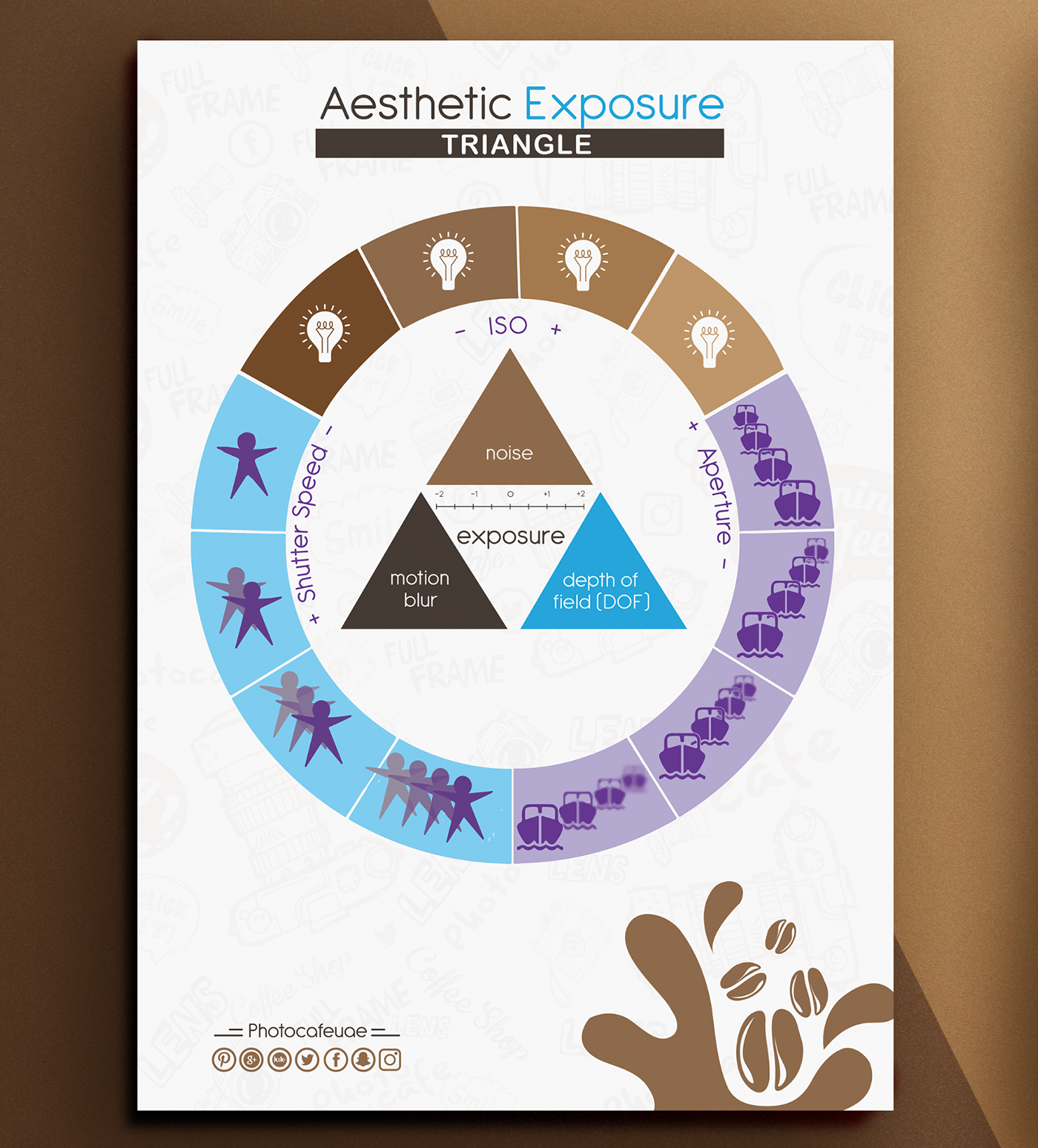What Every Digital Photographer Ought To Find Out About Lights
What Every Digital Photographer Ought To Find Out About Lights
Blog Article
Post Composed By-Boone Polat
As a professional photographer, you know that lights can make or damage your pictures. Understanding the nuances of both natural and man-made light is essential for recording the mood and clearness you go for in your work. Whether you're chasing after the perfect gold hour glow or tweak your artificial configurations, understanding these aspects can boost your digital photography dramatically. Yet there are common pitfalls that numerous forget, and identifying them can transform your approach to every shoot. Let's discover what you might be missing out on and how it can influence your results.
Comprehending All-natural Light
Understanding natural light is essential for any professional photographer wanting to boost their work. It's the structure of wonderful digital photography, affecting mood, tone, and clearness. When https://napavalleyregister.com/business/10-questions/10-questions-napa-photographer-strives-to-capture-authentic-but-also-beautiful-moments/article_4c04a59c-1930-5241-b630-55cc7d8ebab6.html shoot outdoors, take notice of the time of day. The golden hour-- shortly after sunrise and prior to sunset-- uses soft, cozy light that can change regular scenes right into sensational photos.
Don't take too lightly the power of overcast days. Cloud cover diffuses sunshine, producing a soft, even light that's excellent for portraits and macro photography. click the up coming website 'll discover colors appear this sort of illumination without harsh darkness.
Placing issues, as well. Always consider your topic's orientation to the source of light. If the sun's behind your topic, you may wind up with a silhouette, which can be significant but mightn't be what you desire. On the other hand, direct sunshine can produce uncomplimentary darkness.
Try out angles; often, transforming your point of view can generate incredible results. Use all-natural reflectors, like water or sand, to jump light onto your topic, including measurement.
Mastering Artificial Light
Mastering artificial light is crucial for photographers who want to take their skills to the following level. Whether you're utilizing speedlights, studio strobes, or continual lights, recognizing exactly how to adjust these resources can substantially boost your photos.
Start by familiarizing on your own with the fundamentals of light top quality, direction, and shade temperature level. Trying out different modifiers like softboxes, umbrellas, or grids to regulate the gentleness or harshness of the light.
You'll discover that soft light usually creates flattering outcomes, while harsher light can add drama and depth. Do not avoid shadows; they can boost the three-dimensionality of your topics.
Pay very close attention to the positioning of your lights. A light located as well near to your topic can produce unflattering results, while too away can result in a lack of information. Use a light meter or your camera's pie chart to guarantee you're subjecting properly.
Finally, remember that fabricated light can be blended with ambient light for innovative impacts. Balancing these sources might take practice, once you master it, your digital photography will truly shine.
Methods for Various Scenarios
When you step into different shooting circumstances, adjusting your lighting strategies is essential for recording the best photos. For https://writeablog.net/pilar1faustino/exploring-the-globe-through-the-lens-travel-digital-photography-fundamentals , use the gold hour-- early morning or late afternoon light-- to soften darkness and boost complexion.
If it's a rough noontime sun, think about utilizing a reflector to jump light back onto your subject or seek shaded locations for a much more also exposure.
In low-light circumstances, like interior occasions, boost your ISO and make use of a vast aperture to let in even more light. A tripod can aid remove electronic camera shake, enabling longer exposures without blurring.
If you're contending evening, experiment with off-camera flash to develop vibrant lighting and deepness in your images.
For item photography, utilize diffused lights to stay clear of severe representations. Softboxes or light tents can aid achieve this effect.
When photographing landscapes, consider the direction of light and time of day, as it can significantly change the mood of your shot.
Always prepare to readjust your setups and positioning based upon the circumstance, as flexibility is essential to mastering lights in photography.
Conclusion
To conclude, mastering lights is essential to elevating your photography skills. Welcome all-natural light's appeal throughout golden hour, and don't avoid trying out fabricated light methods. By adjusting your method to various scenarios, you'll capture sensational images that reverberate with feeling and clearness. Bear in mind, the right illumination can change a common shot into something extraordinary, so keep exercising and improving your understanding of both all-natural and synthetic light. Delighted shooting!
